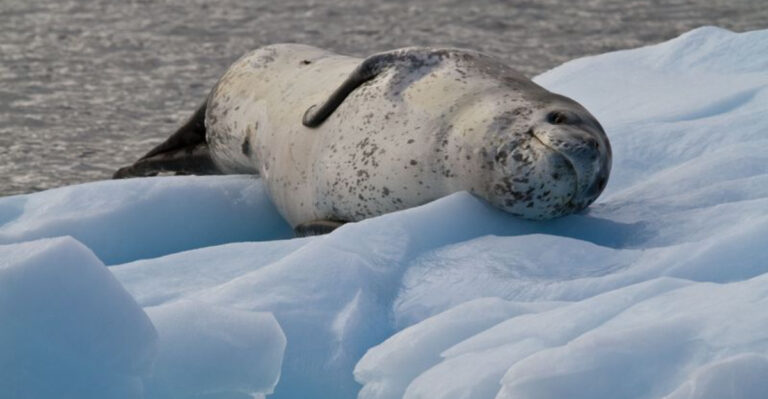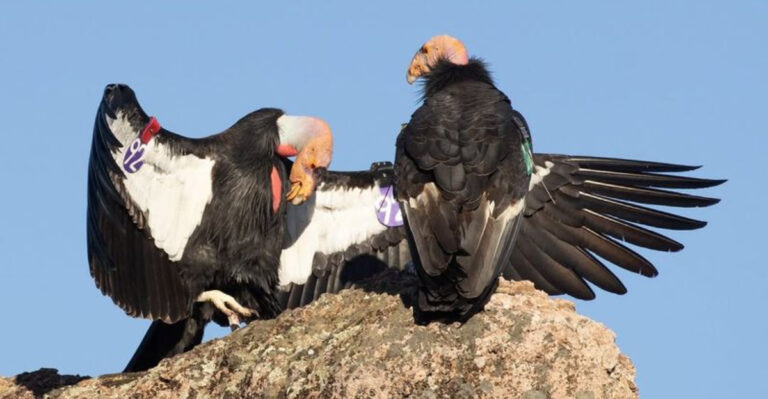15 Dogs With Survival Instincts Stronger Than Wolves
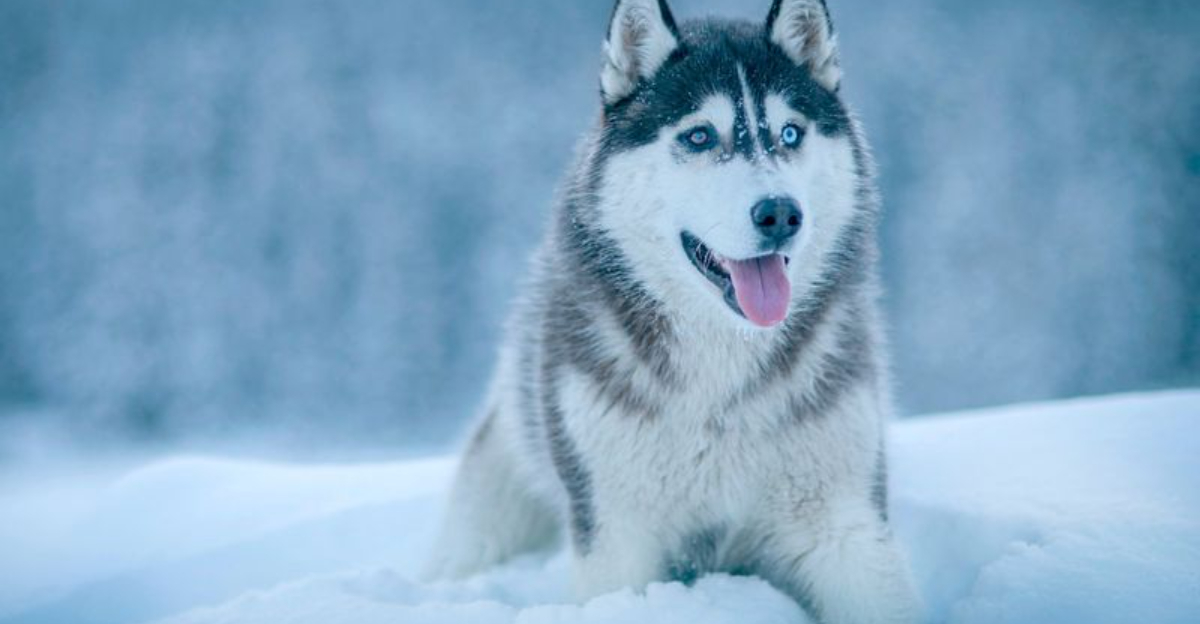
Ever wondered which domesticated canines could actually outsurvive their wild ancestors? While wolves are known for their natural survival skills, certain dog breeds have developed extraordinary abilities that even surpass these legendary predators.
From extreme weather resistance to remarkable hunting prowess, these special breeds combine their domesticated intelligence with primal instincts. Let’s explore the fascinating world of canines whose survival instincts might surprise even the most seasoned wolf pack.
1. Siberian Husky

Born to withstand bone-chilling temperatures as low as -60°F, these blue-eyed survivors thrive where wolves would struggle. Their double-coat system works better than any wolf’s fur, trapping heat while shedding moisture.
Huskies can maintain energy while burning fewer calories, a critical adaptation that helps them work tirelessly in harsh conditions with minimal food—a survival advantage wolves simply don’t possess.
2. Kangal

Armed with one of the strongest bites in the canine kingdom (743 PSI versus a wolf’s 400), these Turkish guardians regularly face off against bears and wolves—and win. Their protective instinct transforms into calculated courage when threats emerge.
Unlike wolves who hunt in packs, Kangals confidently stand alone against multiple predators, using their massive build and tactical intelligence to protect livestock across brutal landscapes.
3. Alaskan Malamute

Forget fancy survival gear—Malamutes can pull 1,000-pound sleds through blizzards while navigating by scent alone when visibility drops to zero. Their metabolic efficiency outclasses wolves, allowing them to work harder with fewer calories.
What truly separates them is their problem-solving ability in crisis situations. Malamutes have saved countless human lives by finding paths through impossible terrain when even GPS systems fail.
4. Caucasian Shepherd
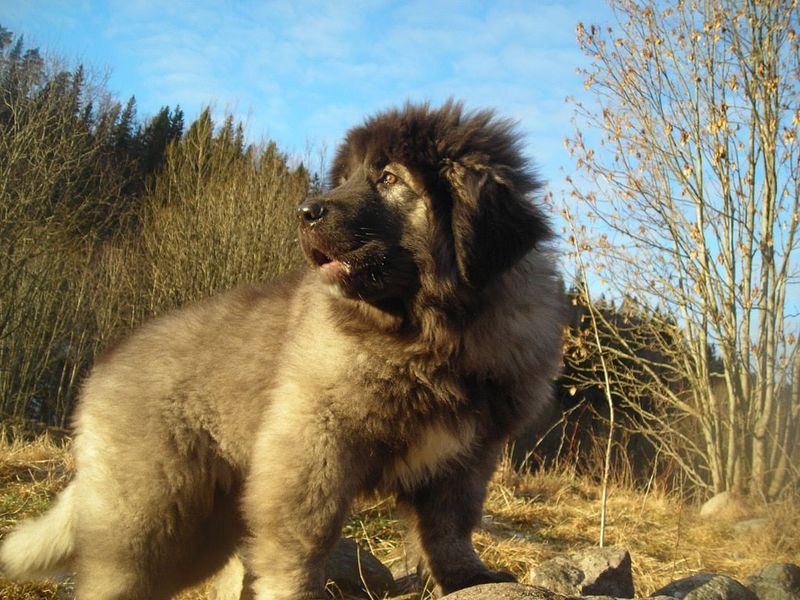
Mountain blizzards that would kill wolves are just another Tuesday for these giants. Their massive paws act like natural snowshoes, distributing weight across treacherous terrain where wolves would sink and struggle.
Their legendary territorial memory maps entire mountain ranges—recalling dangerous zones, food sources, and shelter spots across hundreds of miles. This mental mapping exceeds wolf navigation capabilities, especially in extreme weather events.
5. Dogo Argentino
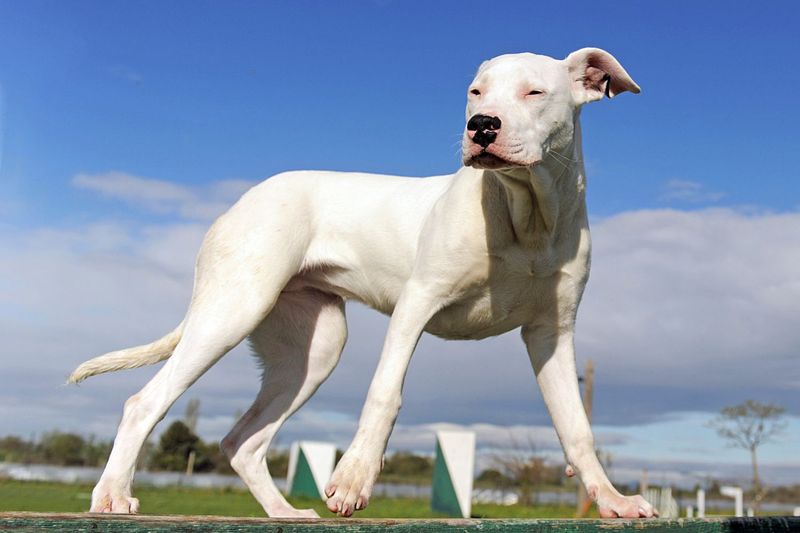
Blazing summer hunts that would leave wolves panting in the shade? Just warming up for these white hunters. Their specialized blood vessel system cools their core temperature more efficiently than any wolf’s biology.
While wolves must rest during peak heat, Dogos maintain full hunting capability in 100°F+ temperatures. Their remarkable stamina lets them track prey for days through scorching terrain while maintaining peak physical performance.
6. Tibetan Mastiff
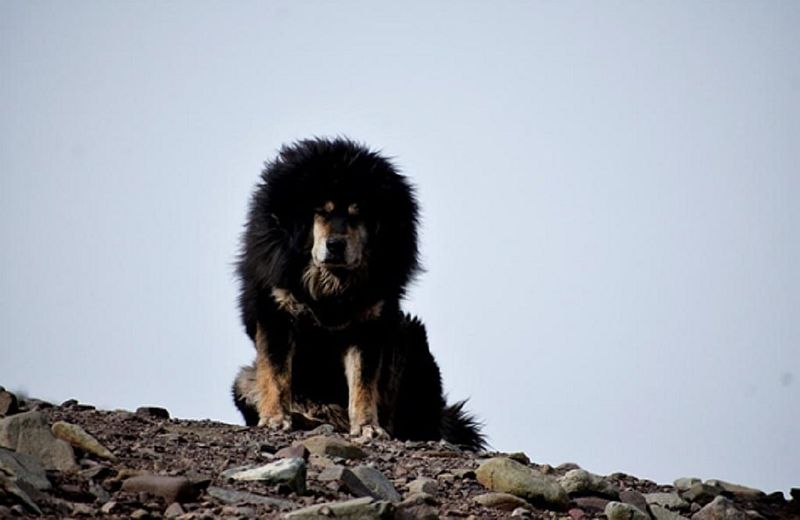
Oxygen levels that would suffocate wolves pose no challenge for these ancient guardians. Their specialized hemoglobin extracts oxygen from thin mountain air with remarkable efficiency, allowing them to patrol territories above 15,000 feet.
Their bodies produce extra red blood cells automatically when ascending to higher elevations—a biological advantage wolves lack. Combined with their legendary cold resistance, they dominate environments where most predators simply cannot survive.
7. Carolina Dog

Flash floods and scorching deserts don’t faze these primitive canines one bit. Their bodies require 30% less water than wolves to maintain hydration—a critical desert survival advantage.
Unlike wolves who struggle in extreme heat, Carolina Dogs instinctively dig cooling pits to regulate body temperature during brutal summers. Their specialized paw pads resist scorching sand temperatures that would cripple their wild cousins.
8. Norwegian Elkhound

Blinding snowstorms that confuse wolf packs? Perfect hunting weather for these Nordic specialists. Their unique scent-tracking brain structure functions at peak performance even in sub-zero conditions where wolf olfactory abilities decline significantly.
When wolves must conserve energy during winter months, Elkhounds maintain consistent hunting stamina thanks to their specialized fat metabolism. Their thick silver-tipped coat provides better insulation than wolf fur in wet winter conditions.
9. Catahoula Leopard Dog
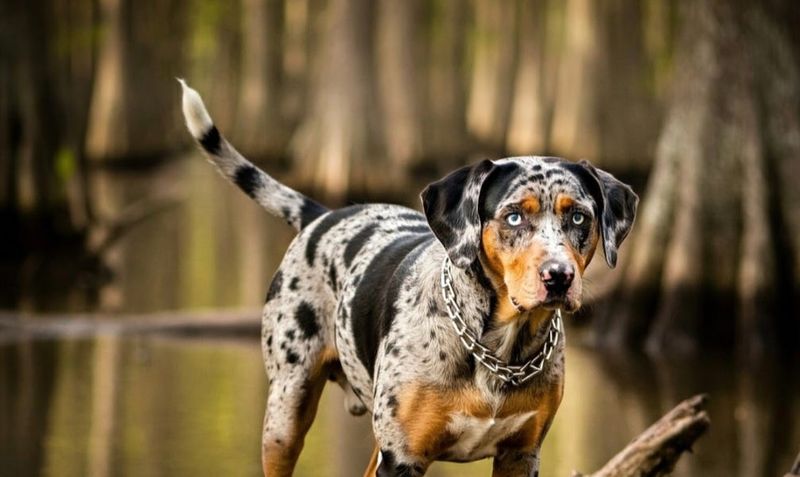
Murky waters that would confuse and endanger wolves are hunting playgrounds for these webbed-foot specialists. Their unique eye structure allows them to see clearly underwater and through dense fog—environments that render wolves practically blind.
Unlike wolves who avoid deep water, Catahoulas confidently navigate through alligator-infested swamps. Their specialized scent memory maps complex waterways better than any GPS, recalling safe passages through constantly changing environments.
10. Rhodesian Ridgeback

Searing African heat that sends wolves seeking shade? Perfect hunting weather for these legendary trackers. Their unique ridge of backward-growing hair works as a natural cooling system wolves simply don’t possess.
While wolves avoid confronting big cats, Ridgebacks were specifically bred to hold lions at bay. Their cardiovascular system allows for incredible bursts of speed in 100°F+ temperatures, maintaining stamina that would leave wolves exhausted and vulnerable.
11. Australian Cattle Dog
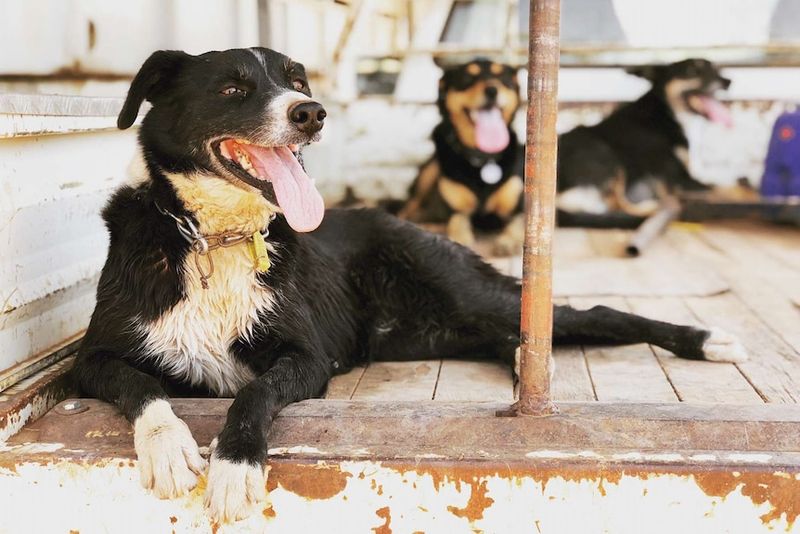
Brutal outback conditions that would dehydrate wolves in hours? Just another workday for these tough herders. Their specialized kidney function extracts maximum moisture from minimal water sources—a critical survival edge.
Their unique problem-solving intelligence helps them locate hidden water sources in seemingly barren landscapes. When food becomes scarce, their metabolism shifts to conserve energy while maintaining alertness levels that wolves cannot match during similar resource shortages.
12. Akita Inu
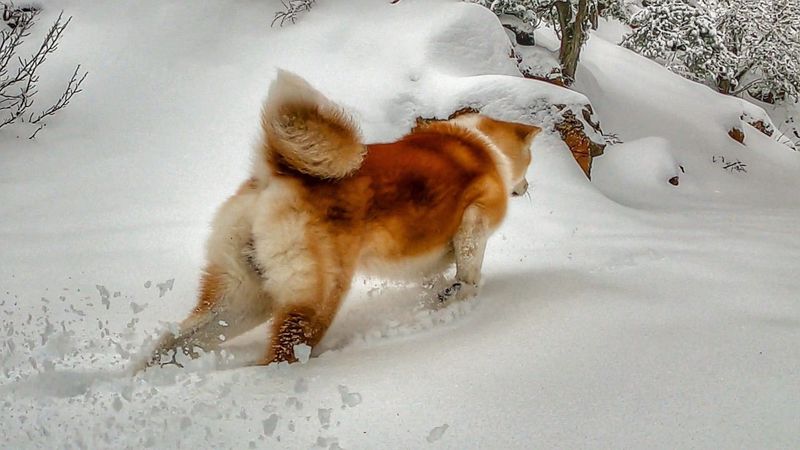
Forget noisy wolf pack hunting—these Japanese masters stalk prey with deadly silence across frozen landscapes. Their unique foot structure distributes weight perfectly across snow, leaving barely visible tracks compared to the obvious trail wolves create.
Their remarkable body temperature regulation keeps them operating at peak performance in conditions that force wolves to conserve energy. Unlike pack-dependent wolves, Akitas excel at solo hunting in deep snow, using patience and stealth that surpasses their wild cousins.
13. Canaan Dog
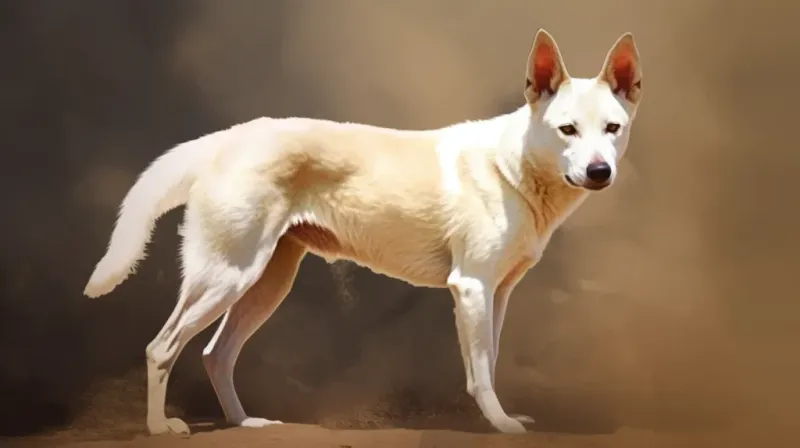
Scorching Negev Desert conditions that would kill wolves in days? Home sweet home for these ancient survivors. Their specialized skin produces natural oils that protect against sunburn and sandstorms—protection wolves lack entirely.
Unlike wolves who require regular water sources, Canaan Dogs can extract moisture from food alone for extended periods. Their remarkable night vision exceeds wolf capabilities, allowing them to hunt effectively during cooler desert nights.
14. Thai Ridgeback
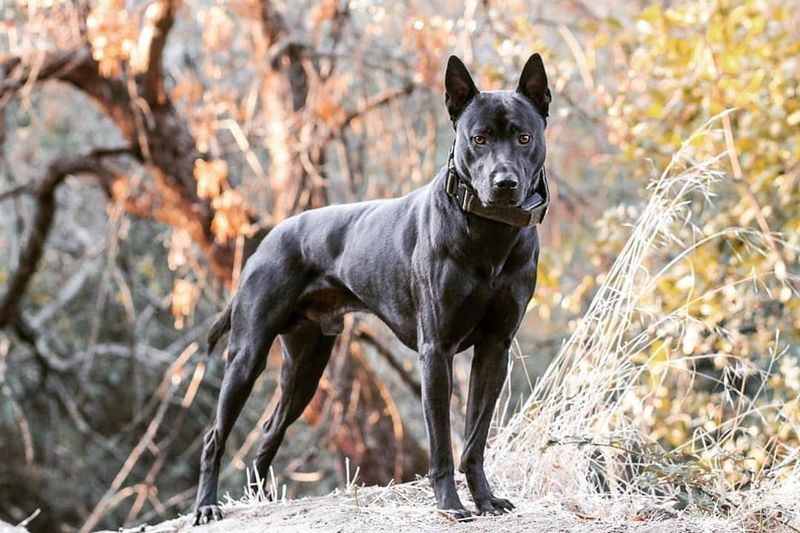
Humid jungles that would overwhelm wolf respiratory systems? Perfect hunting grounds for these ancient Asian dogs. Their specialized skin resists parasites that would cripple wolves in tropical environments.
Unlike heat-sensitive wolves, Thai Ridgebacks maintain peak hunting performance in 90%+ humidity. Their remarkable climbing ability—scaling trees to escape floods or pursue prey—gives them a three-dimensional hunting advantage wolves simply cannot match in dense jungle environments.
15. Greenland Dog

Frozen wastelands that challenge even arctic wolves? Just another workday for these polar specialists. Their specialized fat metabolism generates more body heat per calorie than any wolf—a critical survival edge in the harshest environment on Earth.
What truly separates them is their uncanny ability to sense dangerous ice. They instinctively detect thin spots that would trap and drown wolves. Their specialized night vision outperforms wolves during the months-long polar night.



